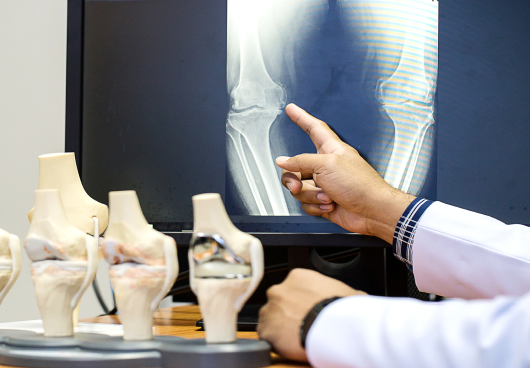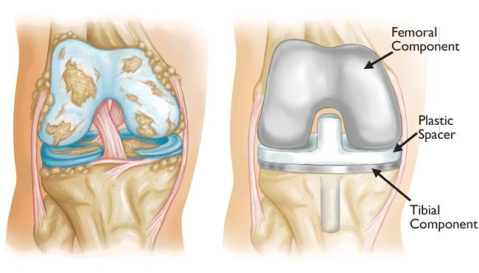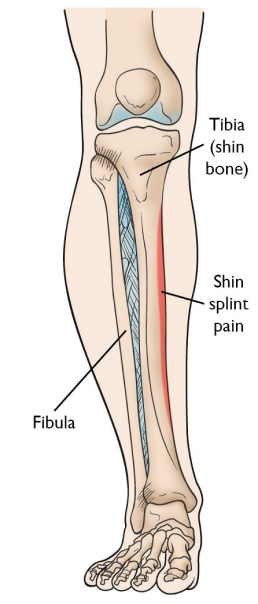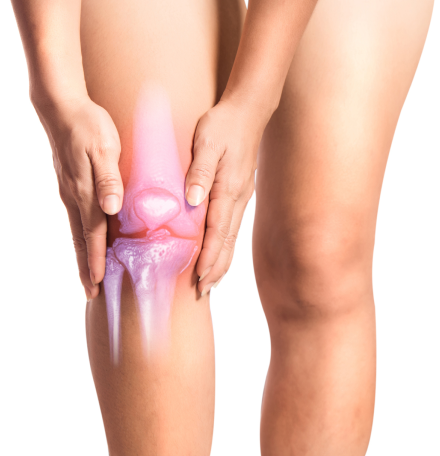Knee and Lower Leg
DOCTORS
There were approximately 10.4 million patient visits to doctor’s offices due to common knee injuries such as fractures, sprains, dislocations, and ligament tears. Knee injuries are among the most regular reasons people visit their doctors. Because the knee is a complex joint with a variety of muscles and components throughout, it can be susceptible to a wide range of injuries. In many cases, injuries involve multiple structures in the knee. Knee problems often arise in physical sports, but typically happen as a result of high-energy trauma like a car accident or a high fall. Nonsurgical treatment involves a variety of simple measures, like immobilization, physical therapy, or anti-inflammatory medication. In cases where surgery is required, such as ACL tears, a routine arthroscopic procedure will be the preferred method of treatment.
SCHEDULE AN APPOINTMENT


